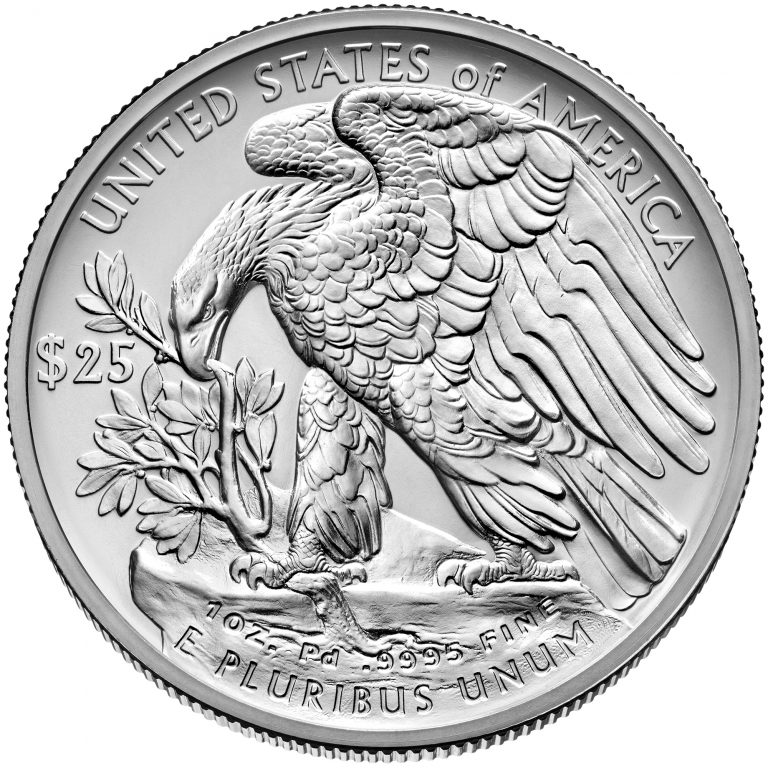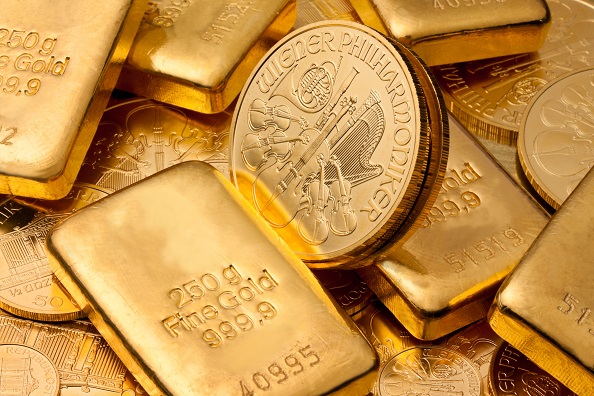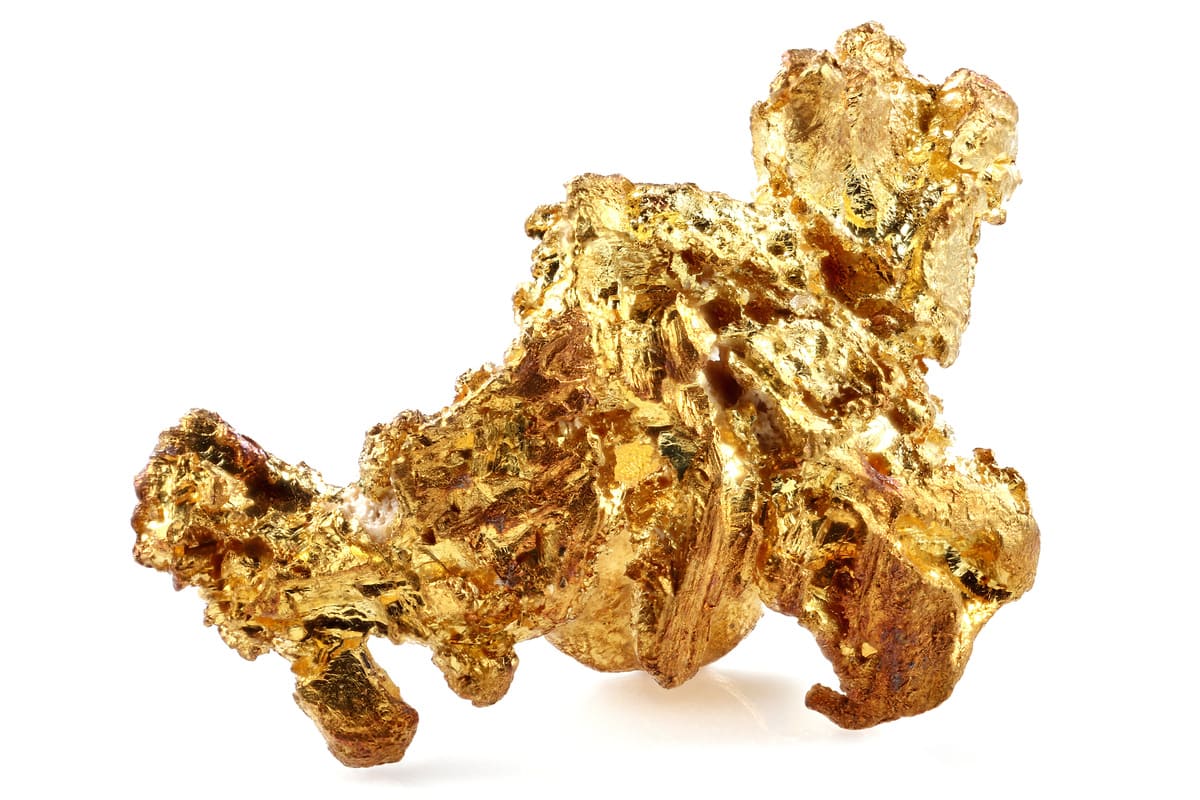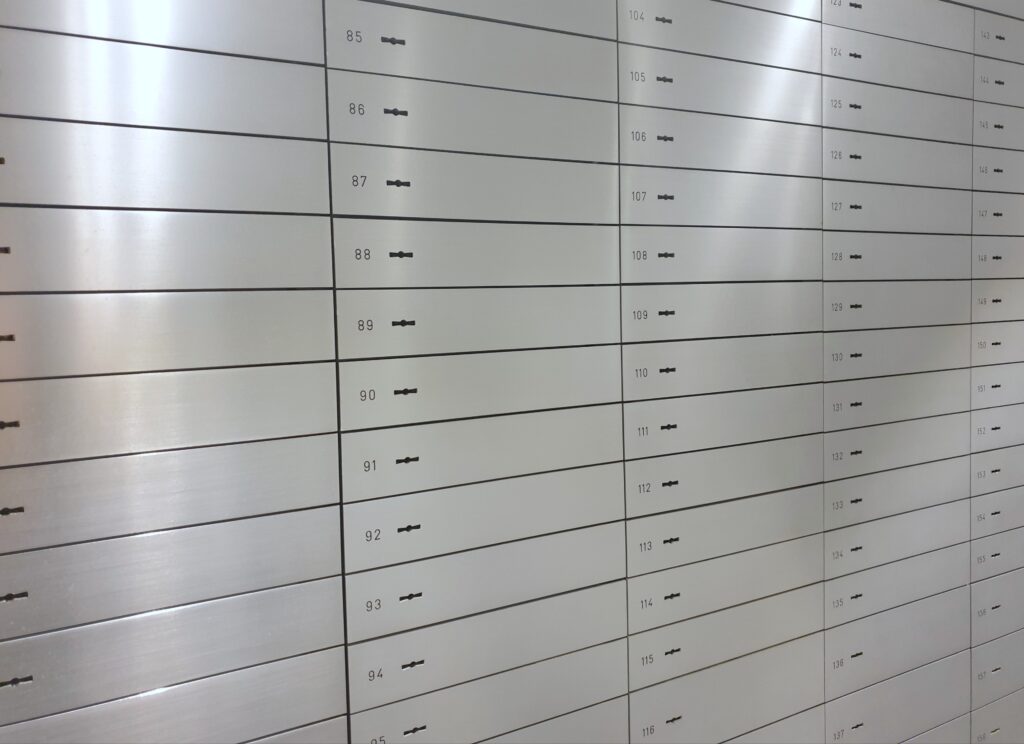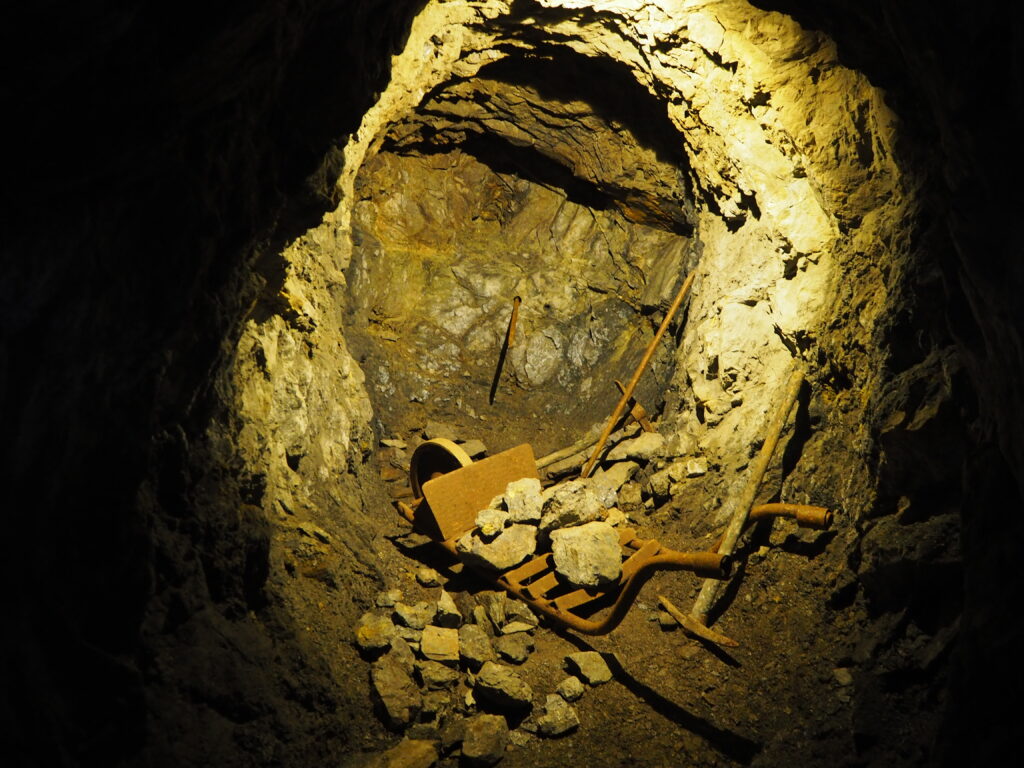Buying raw gold? The experts advise caution
Additional information > Investment forms for gold, silver, platinum and palladium > The risks of buying raw gold and doré gold bars
Are gold doré bars a suitable investment?
Many investors consider gold a safe investment which is why it is always in great demand in times of crisis. During an economic downturn it can serve as a hedge against inflation or as an asset diversification option to counterbalance more risky investments. Yet gold is more than this. As a reserve asset, this precious metal must also be of the highest purity. But what about raw gold, advertised online as an attractive investment?
Described as doré gold bars, these items are promoted as products guaranteed to offer a regular return and very likely to increase in value. Such would-be investment models usually demand high minimum purchase volumes and often include offers of storage facilities in a high-security warehouse. But in reality, such so-called safe investments are just too good to be true. That’s why experts advise against such purchases, with most regarding these propositions as fraudulent investment offers. Reputable precious metal dealers distance themselves from doré bars and only offer fine gold for sale. Furthermore, there are many other points to consider about raw gold.
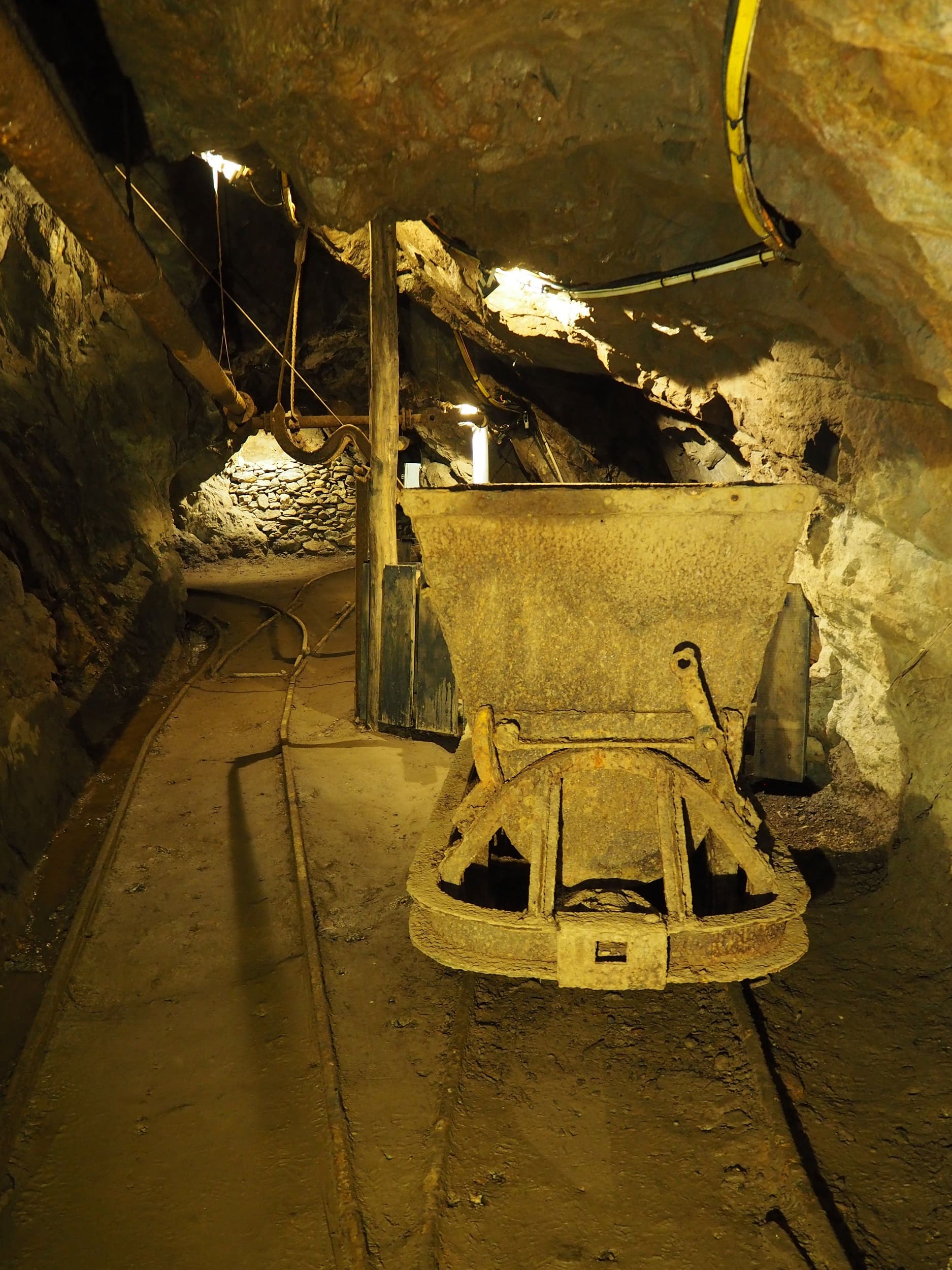
© Goldmine Sessa
What is raw gold and how is it produced?
In gold mining terms, this precious metal is produced in two distinct ways: Nuggets of pure gold can be immediately delivered for further refining processes – though many decades have passed since there were regular major gold discoveries in this form. Today’s gold is primarily extracted by mining rock containing gold ore – a lengthy and complex process.
Gold-bearing ore is often initially ground down with steel balls before undergoing a process of wet-chemical separation designed to remove contaminating dust and dirt. Washing these deposits with aqua regia, nitric acid or chlorine-containing hydrochloric acid helps to dissolve and separate the precious metal from other base ores. The final stage of the recovery process involves either electrolysis or chemical extraction. The resultant industrial gold is heated to create a liquid substance which is then poured into rectangular moulds. When cooled, these blocks are known as doré bars. However, they also contain other valuable metals such as copper, platinum or silver. The gold content of these bars is thus somewhere around 80%, which makes this form of raw gold rather unsuitable as an investment product.
To obtain pure gold with a fineness of up to 99.995%, the remaining precious metals must first be removed, therefore the raw gold bars undergo various separation processing. The most common processes are chlorine cleaning (known as the Miller process), or the more expensive electrolysis bath treatment (the Wahlwill process). The London Bullion Market Association (LBMA) is the organisation charged with monitoring the purity and quality of investment gold. In addition, this institution also defines the standards for Good Delivery bars. Only refineries able to meet the LBMA’s stringent requirements can be included on their Good Delivery List which identifies qualifying manufacturers. Four of the world’s five largest LBMA-certified gold refineries are located in Switzerland.
What are doré bars?
Doré bars should never be confused with pure gold, which also means they do not correspond to or compare with the value of fine gold coins or bars. Doré raw gold is also often described as industrial gold or mining gold. Strictly speaking, it is a basic preliminary product of the gold extraction process. This raw gold is then subsequently processed by specialist metal refineries using appropriate separation processes to produce fine gold end products.
Nevertheless, doré ingots (or unprocessed raw gold) are a classic commodity sold by mine operators. This standard form of unprocessed raw gold is primarily supplied to refineries. So raw gold is not intended for the end customer market. That’s why doré gold is rarely, if ever, stocked by precious metal retailers. Thus gold investors would only be able to source and purchase doré bars via wholesalers or other intermediaries. It’s therefore wise to be extremely cautious if you encounter similar dubious purchase options.
Gold doré bars and fraud
As reported by Stiftung Warentest among others, two Swiss companies hit the headlines in 2022. Via glossy brochures and Internet advertising, these providers offered facilities for the direct purchase of raw gold. Attractive annual returns were guaranteed, supported by the promise of an increase in value. It was claimed the raw gold would be initially purchased on behalf of customers and then stored in refineries in Switzerland to await further processing. It is widely understood that physical gold investments cannot yield regular dividends. What makes matters worse is the additional processing required to convert raw gold into fine gold (as described above) is extremely cost-intensive. Furthermore, it must also be pointed out here that the gold price is still prone to significant fluctuation related to the prevailing supply and demand situation. Although the spot price for one troy ounce of gold (equivalent to 31.103 grams) has been rising steadily since 2019, analysts caution that an increase in value cannot be automatically assumed. Last but not least, gold storage always demands the very strictest high security measures.
Having scrutinised the offers promoted by these companies, experts concluded they were dubious purchase contracts which would also commit prospective investors to extremely high costs. This potential expenditure included brokerage commissions and storage fees as well as the refinery surcharges which would be incurred upon the eventual delivery of the processed fine gold. Comparing this with typical fine gold offers, auditors concluded it would be much cheaper to invest directly in precious metals rather than purchase the raw gold or gold doré bars described in these promotions.
- NB: Swiss Gold Safe is a specialist provider of facilities exclusively intended for the safe storage of assets and does not trade in precious metals. The company maintains independent safe deposit box facilities in Switzerland and Liechtenstein and also provides individual storage in both domestic and duty-free warehouses in Switzerland.
What’s the difference between raw gold and gold granules?
At first glance, gold granules don’t look much like a finished product. They are mainly used for jewellery making, or to create gold coins and gold bars. As such, they are easily confused with raw gold. Yet gold granules are in fact very pure gold with a typical fineness of 999.9/1000. These fine micro-nuggets of gold have already undergone a process of separation from any other precious metals present in the original ore. Gold granules are produced by passing liquefied gold through a coarse sieve. This creates drips which form into beads as they fall into a basin filled with cold water, where they quickly solidify.
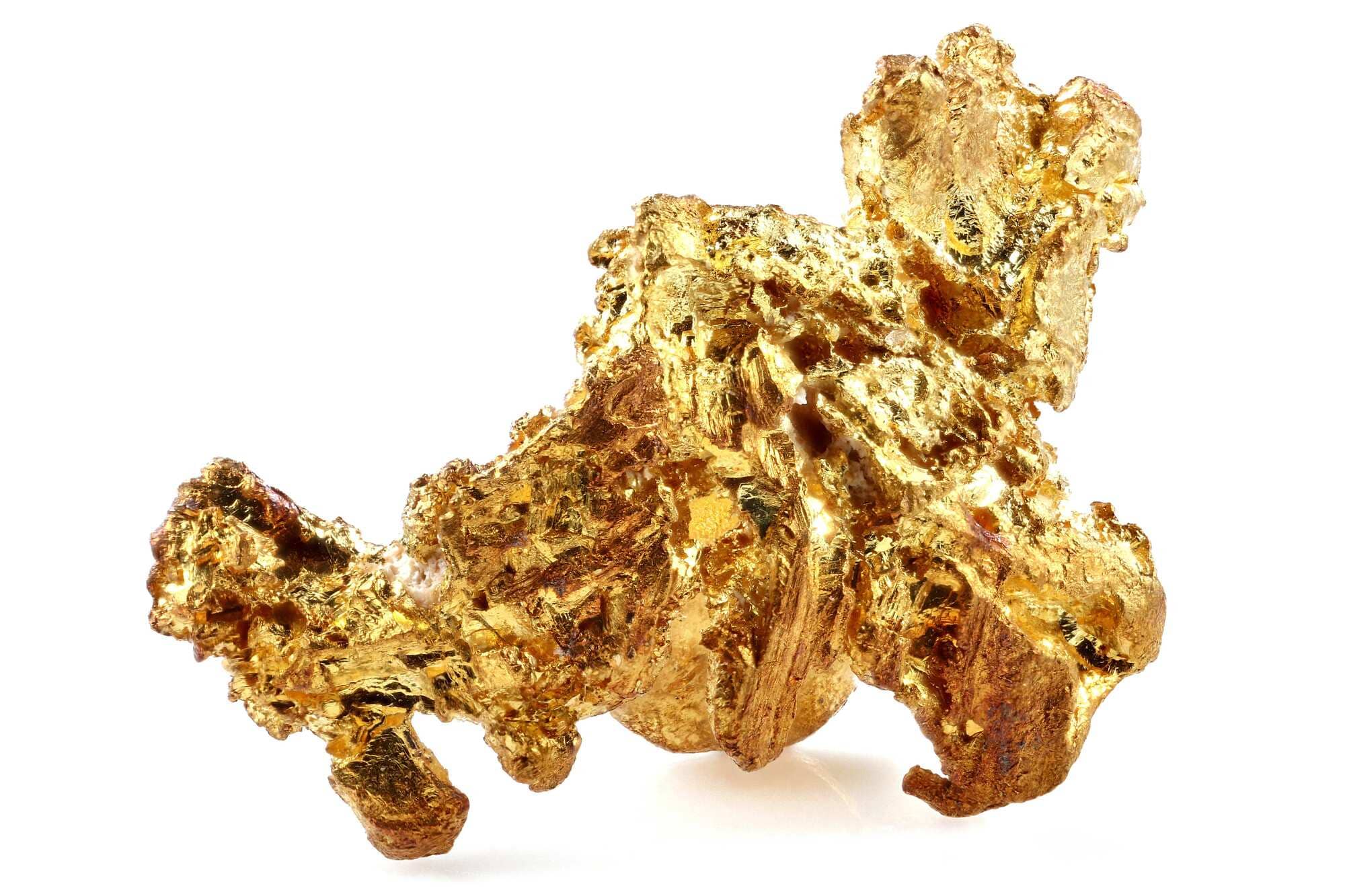
© Björn Wylezich - stock.adobe.com
Raw gold, on the other hand, is simply an ore that has been cleaned to remove residual dirt and base minerals. It typically contains a maximum of 80% gold and other precious metals. While gold granules are certainly an alternative product option for experienced investors, raw gold is exclusively intended to be used as an industrial raw material produced for gold refineries.
In theory, investors could attempt to exploit some investment potential in doré gold bars by selling them direct to refineries. However, in practice, there is no market for this option because refineries conclude contracts directly with the gold mining operators or with wholesalers acting on their behalf. In addition to this, manufacturers of fine gold must be able to prove a complete chain of origin in order to retain their coveted LBMA-certified status. So private investors who still decide to go ahead and purchase raw gold should anticipate the prospect of being left holding a product which is either unsaleable, or which must otherwise be traded at a heavy discount.
Caveats to consider before importing raw gold into Switzerland
Great caution is also advised when buying raw gold from abroad for import into Switzerland. The Federal Office of Customs and Border Security (BAZG) has stipulated that only trade inspectors are allowed to import mined doré bars. This is because Switzerland requires its domestic smelting auditors to maintain the highest standards as regards the quality of such imports and also demands strict compliance with all stipulated duties of care. Trade assayers must ensure absolute compliance with these regulations when importing foreign smelting products. As a private investor, this means that if you attempt to bring raw gold into Switzerland, you can assume that your goods will be confiscated at the border by customs officers.
In addition, Switzerland currently only allows the import of smelting products sourced from manufacturers listed on the official good delivery lists of the LBMA and LPPM (London Platinum and Palladium Market). However, classic banking precious metals which are freely tradeable and are exempt from these regulations and can thus be imported without restrictions.
- NB: Please be sure to check with Federal Customs before importing precious metals into Switzerland. Further information about raw gold can be obtained from the BAZG.
A summary of what you need to know about raw gold and doré bars
- Gold doré bars can be purchased in a roundabout way, but experts advise investors against doing so for a variety of sound reasons.
- Raw gold is not usually available via reputable precious metal retailers. However, investors will be offered a good choice of coins or bars made from fine gold.
- Anyone who does purchase raw gold bars may end up lumbered with them because they are generally only used by refineries, who purchase their own raw materials direct from gold mine operators.
- One of the common scams involving precious metals is trading in raw gold as an investment. Companies promise annual returns and independent storage. But the costs of such an enterprise are significantly higher than a classic precious metal investment in fine gold.
- Raw gold and gold granules are not comparable products. While raw gold has only a low fineness before it is processed and refined, granulated gold is a pure precious metal product.
- Strict rules apply to raw gold imports into Switzerland. This means smelted products can only be imported by authorised trade assayers.


